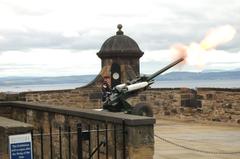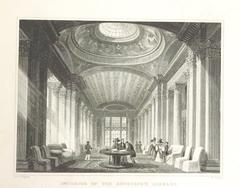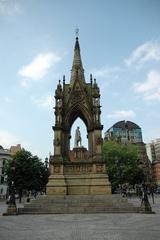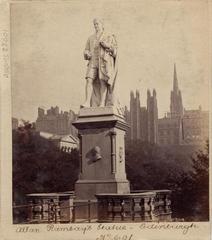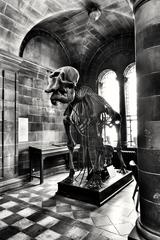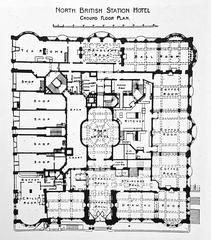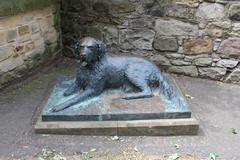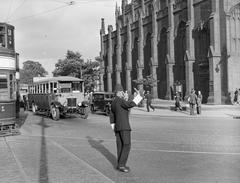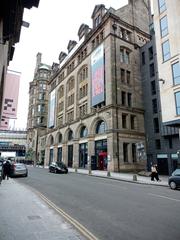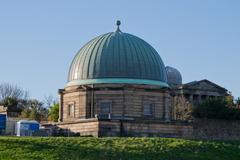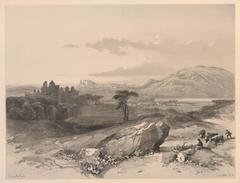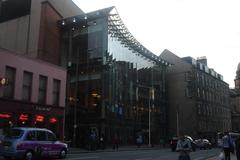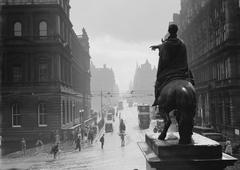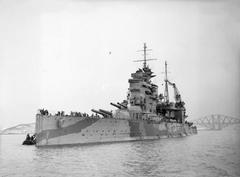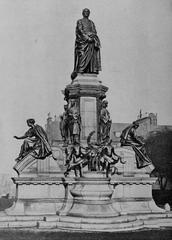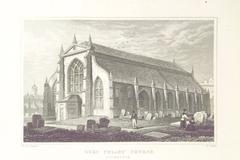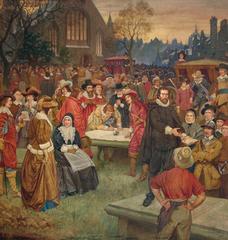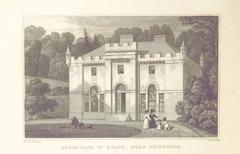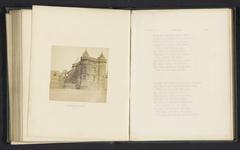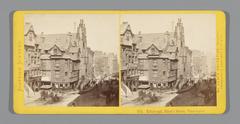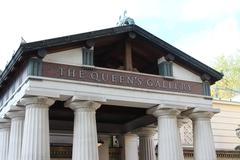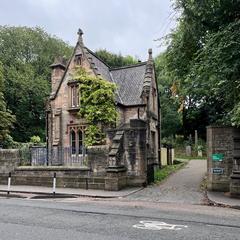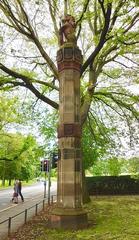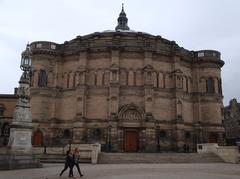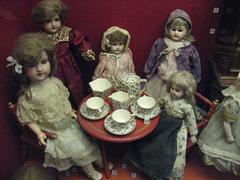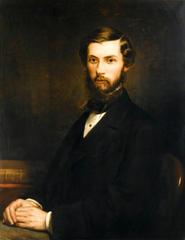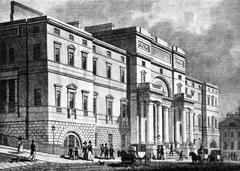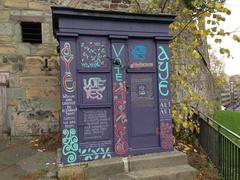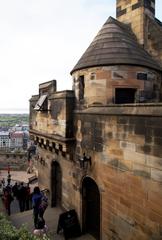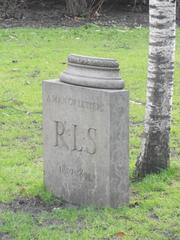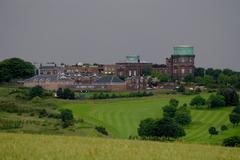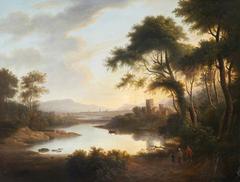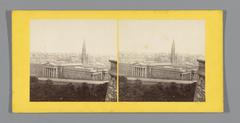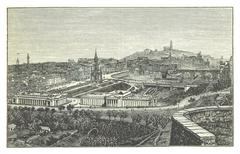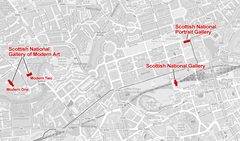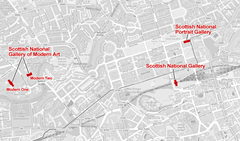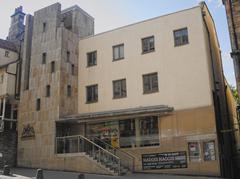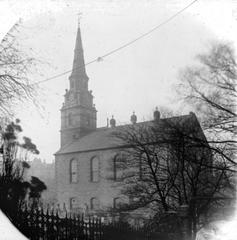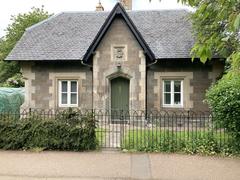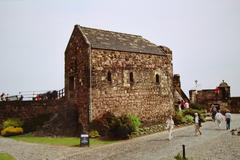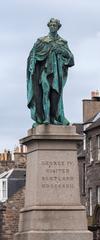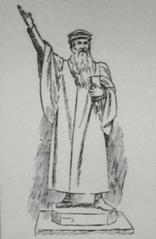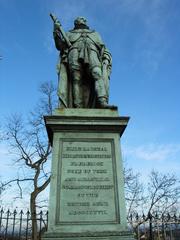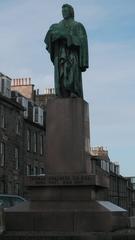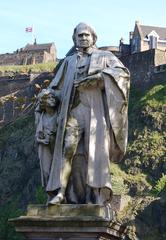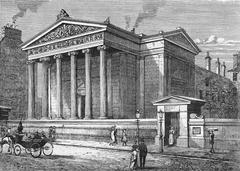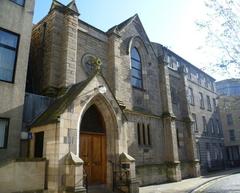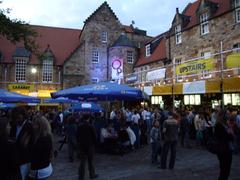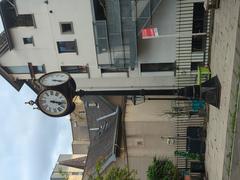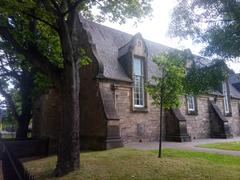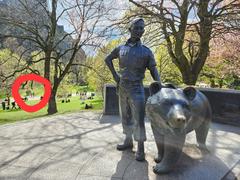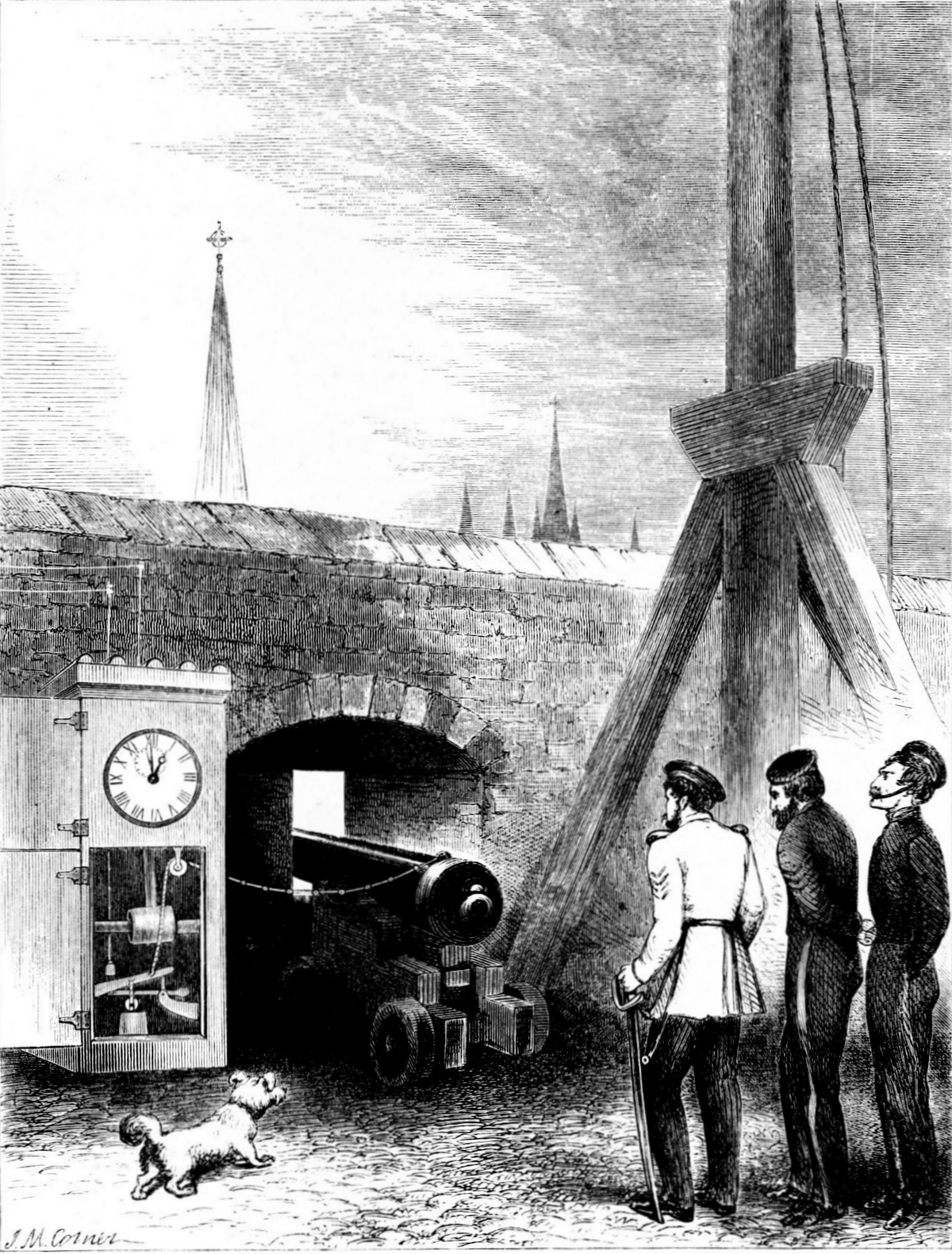
Edinburgh Castle Visiting Hours, Tickets, and Historical Sites in Edinburgh
Date: 01/08/2024
Introduction
Edinburgh Castle, a towering fortress perched atop the volcanic Castle Rock in the heart of Edinburgh, is one of Scotland’s most iconic landmarks. This historic stronghold has served various roles over its millennia-long history, including as a royal residence, military fortress, and symbol of Scottish resilience and sovereignty. Archaeological evidence indicates that the site has been occupied since the Iron Age, around the 2nd century AD, making it a site of significant historical and cultural importance (Wikipedia).
The castle’s strategic location and formidable defenses have witnessed numerous historical events, including pivotal moments during the Wars of Scottish Independence in the 13th and 14th centuries. It was also the birthplace of James VI, who later became James I of England, uniting the crowns of Scotland and England in 1603 (Historic Environment Scotland). Today, Edinburgh Castle is Scotland’s most visited paid tourist attraction, drawing over two million visitors annually to explore its rich history, architectural grandeur, and breathtaking views of Edinburgh (Explorial).
This comprehensive guide aims to provide essential information for anyone planning to visit Edinburgh Castle, including its historical significance, visitor tips, ticket information, and nearby attractions. Whether you’re a history enthusiast, architecture aficionado, or simply looking to explore one of Scotland’s most treasured sites, this guide will help you make the most of your visit.
Table of Contents
- Exploring Edinburgh Castle: Visiting Hours, Tickets, History, and More
Exploring Edinburgh Castle: Visiting Hours, Tickets, History, and More
Historical Overview of Edinburgh Castle
Early Beginnings and Strategic Importance
Edinburgh Castle, perched atop the volcanic Castle Rock, has been a significant stronghold for over a millennium. Archaeological evidence suggests that the site has been occupied since at least the Iron Age, around the 2nd century AD. The strategic location of Castle Rock, with its steep cliffs, made it an ideal defensive position, offering a commanding view over the surrounding landscape. The first documented reference to a castle on the site dates back to the 7th century, when it was known as “Din Eidyn,” a fortress of the Gododdin, a Celtic tribe. The name “Edinburgh” is derived from this ancient term. By the 11th century, the castle had become a royal residence and a symbol of Scottish power.
Medieval Expansion and Royal Residence
The castle’s prominence grew during the medieval period, particularly under the reign of King David I (1124-1153). David I established Edinburgh as one of Scotland’s principal royal centers, and the castle became a key administrative and military hub. The construction of St. Margaret’s Chapel, the oldest surviving building in Edinburgh, dates back to this period. Built in the early 12th century, the chapel was dedicated to David I’s mother, Queen Margaret, who was later canonized as Saint Margaret of Scotland. Throughout the 13th and 14th centuries, Edinburgh Castle played a pivotal role in the Wars of Scottish Independence. It changed hands multiple times between the Scots and the English. One of the most notable events was the recapture of the castle by Thomas Randolph, Earl of Moray, in 1314, following the Battle of Bannockburn.
Renaissance and the Birth of Mary, Queen of Scots
The 15th and 16th centuries saw further development and fortification of the castle. James IV (1488-1513) and James V (1513-1542) invested heavily in the castle’s defenses and residential quarters. The Great Hall, completed in 1511, served as a grand venue for state banquets and parliamentary meetings. One of the most significant events in the castle’s history occurred in 1542, when Mary, Queen of Scots, gave birth to her son, James VI, in the Royal Palace. James VI would later become James I of England, uniting the crowns of Scotland and England in 1603.
Military Stronghold and the Jacobite Risings
The 17th and 18th centuries were marked by political turmoil and military conflict, with Edinburgh Castle at the heart of many key events. During the English Civil War (1642-1651), the castle was held by Royalist forces loyal to King Charles I. It was besieged and eventually surrendered to the Parliamentarians in 1650. The castle’s military significance continued into the Jacobite Risings of the late 17th and early 18th centuries. In 1689, during the first Jacobite Rising, the castle was besieged by forces loyal to James VII of Scotland (James II of England). The garrison, however, held out, and the siege was lifted. The final Jacobite attempt to capture the castle occurred in 1745, during the rising led by Charles Edward Stuart, known as “Bonnie Prince Charlie.”
Modern Era and Preservation
By the 19th century, Edinburgh Castle had transitioned from a royal residence and military stronghold to a national symbol and tourist attraction. The castle’s historical and architectural significance led to extensive preservation efforts. In 1818, Sir Walter Scott, the famous Scottish novelist, played a key role in rediscovering the Crown Jewels of Scotland, also known as the Honours of Scotland, which had been hidden in the castle since the early 18th century. Today, Edinburgh Castle is managed by Historic Environment Scotland and attracts over two million visitors annually. It houses several museums and exhibits, including the National War Museum of Scotland and the Scottish National War Memorial. The castle’s iconic status is celebrated annually during the Royal Edinburgh Military Tattoo, a spectacular event held on the Castle Esplanade.
Architectural Highlights
Edinburgh Castle’s architecture reflects its long and varied history. Key structures within the castle complex include:
- St. Margaret’s Chapel: The oldest surviving building in Edinburgh, dating back to the early 12th century.
- The Great Hall: Completed in 1511, it features a magnificent hammerbeam roof and serves as a venue for state functions.
- The Royal Palace: The birthplace of James VI, it houses the Crown Jewels and the Stone of Destiny, used in the coronation of Scottish monarchs.
- The Half Moon Battery: Constructed in the late 16th century, it provides a formidable defensive position with panoramic views of the city.
- Mons Meg: A massive medieval bombard, one of the largest cannons in the world, displayed on the castle grounds.
Visitor Tips and Information
For those planning a visit to Edinburgh Castle, here are some essential tips:
- Tickets and Prices: It is advisable to purchase tickets in advance, especially during peak tourist seasons, to avoid long queues. Tickets can be bought online through the official Edinburgh Castle website. Ticket prices vary, so check the website for the latest information.
- Visiting Hours: The castle opens at 9:30 AM, with last entry at 5:00 PM. However, visiting hours may vary, so it’s best to verify on the official website before your visit.
- Guided Tours: Consider joining a guided tour to gain deeper insights into the castle’s history and significance. Audio guides are also available in multiple languages.
- Timing: Arrive early in the day to explore the castle at a leisurely pace and to avoid the crowds.
- Events: Check the castle’s event calendar for special exhibitions, reenactments, and performances that may enhance your visit.
- Accessibility: The castle’s historic nature means that some areas may be challenging for visitors with mobility issues. However, efforts have been made to improve accessibility, and detailed information is available on the castle’s accessibility page.
Nearby Attractions
While visiting Edinburgh Castle, consider exploring other nearby historical sites and attractions:
- The Royal Mile: A historic street connecting Edinburgh Castle to the Palace of Holyroodhouse, lined with shops, restaurants, and landmarks.
- The National Museum of Scotland: A short walk from the castle, offering exhibits on Scottish history and culture.
- Holyrood Palace: The official residence of the British monarch in Scotland, located at the opposite end of the Royal Mile.
FAQ Section
Q: What are the Edinburgh Castle visiting hours? A: The castle typically opens at 9:30 AM, with last entry at 5:00 PM. Check the official website for the most up-to-date visiting hours.
Q: How much do Edinburgh Castle tickets cost? A: Ticket prices vary, and it’s best to check the official website for current pricing and to purchase tickets in advance.
Q: Are guided tours available at Edinburgh Castle? A: Yes, guided tours and audio guides are available to enhance your visit. Information can be found on the official website.
Q: Is Edinburgh Castle accessible for visitors with mobility issues? A: While the historic nature of the castle presents some challenges, efforts have been made to improve accessibility. Detailed information is available on the castle’s accessibility page.
Q: What events are held at Edinburgh Castle? A: The castle hosts various events, including the Royal Edinburgh Military Tattoo. Check the event calendar for more details.
Conclusion
Edinburgh Castle stands as a testament to Scotland’s rich history and cultural heritage. From its storied past and architectural grandeur to its breathtaking views, it is a must-visit destination for anyone exploring the historic city of Edinburgh. Don’t forget to check the official Edinburgh Castle website for the latest visiting hours and ticket information. For more insights and updates, download our mobile app Audiala, check out our other posts, or follow us on social media.
References
- Wikipedia Contributors. “Edinburgh Castle.” Wikipedia
- Explorial. “Edinburgh Castle.” Explorial
- Historic Environment Scotland. “History of Edinburgh Castle.” Historic Environment Scotland
- Travellers Worldwide. “Best Time to Visit Edinburgh.” Travellers Worldwide

